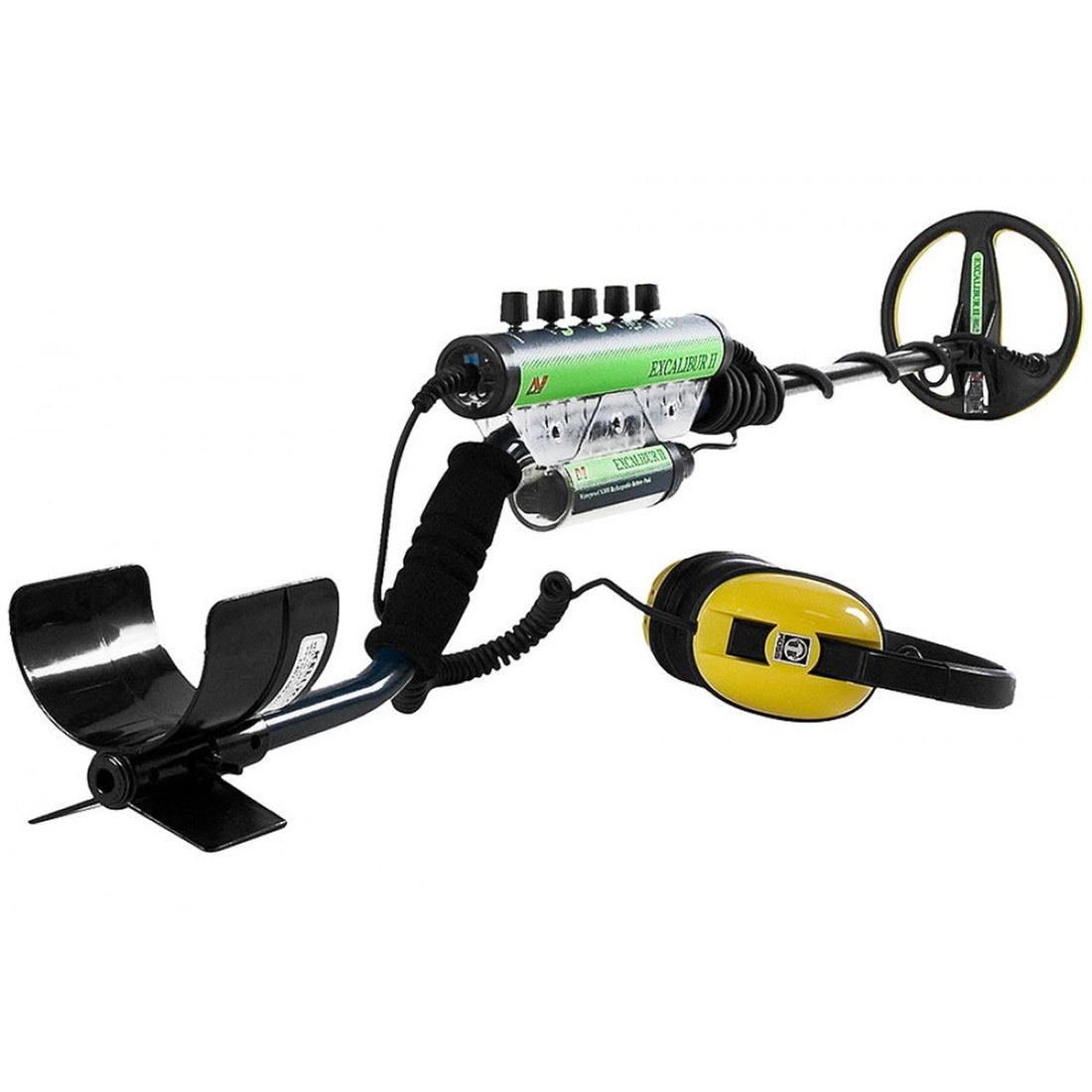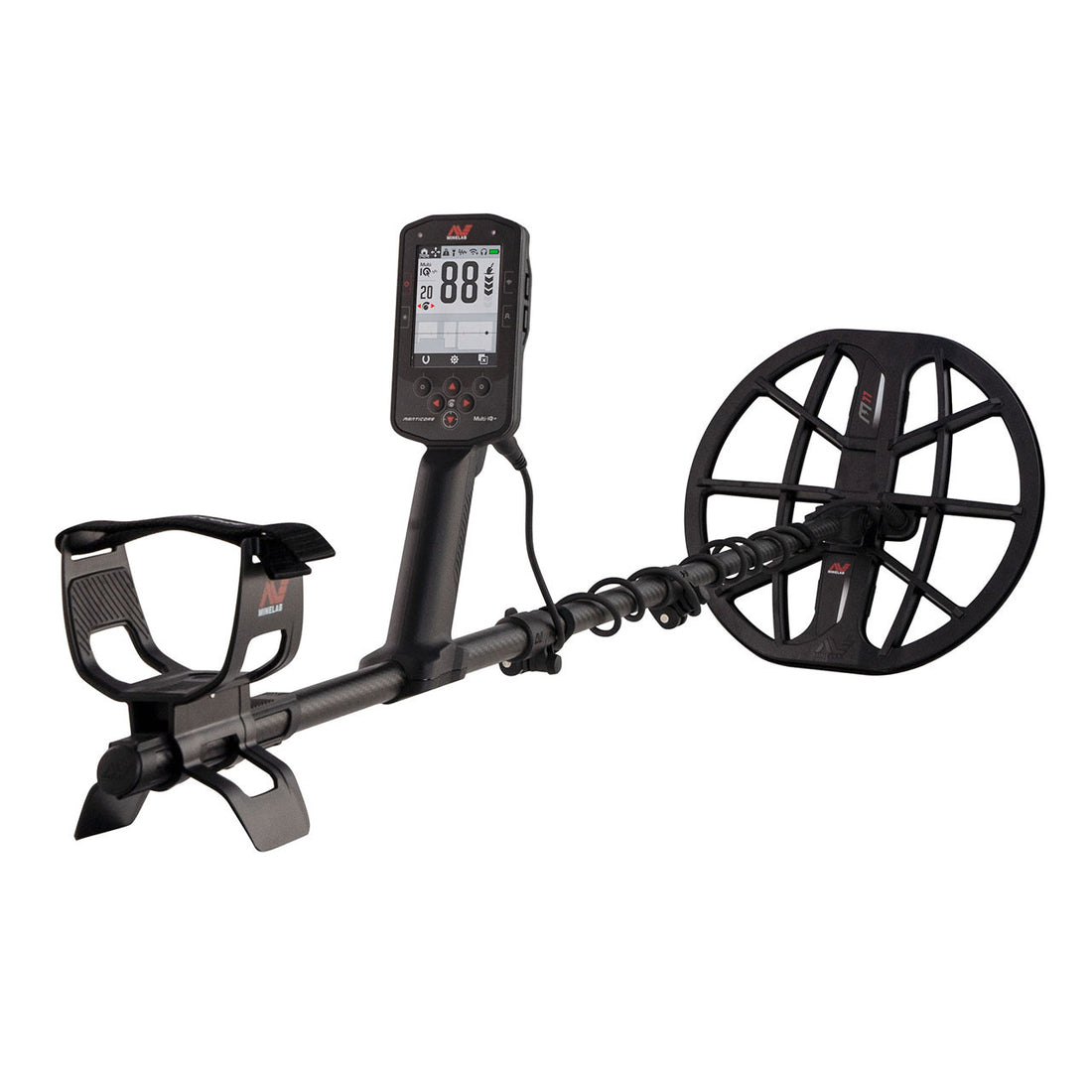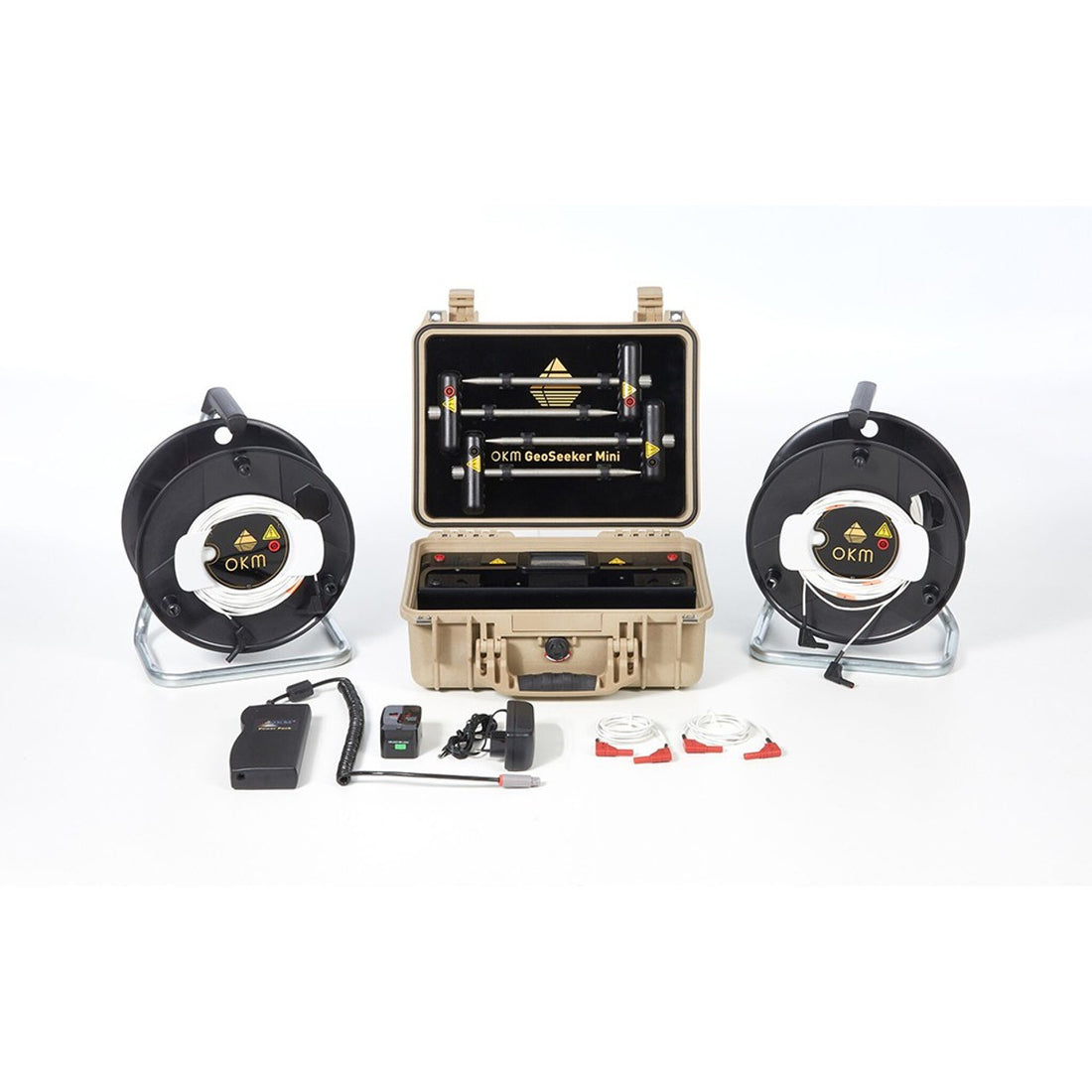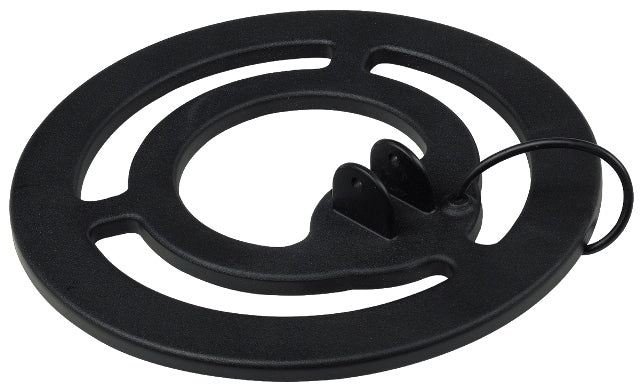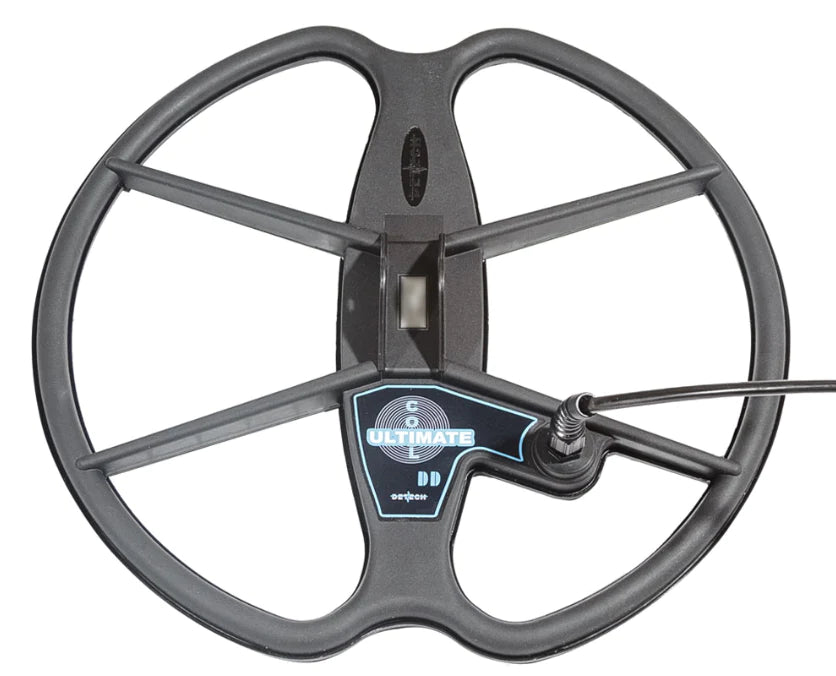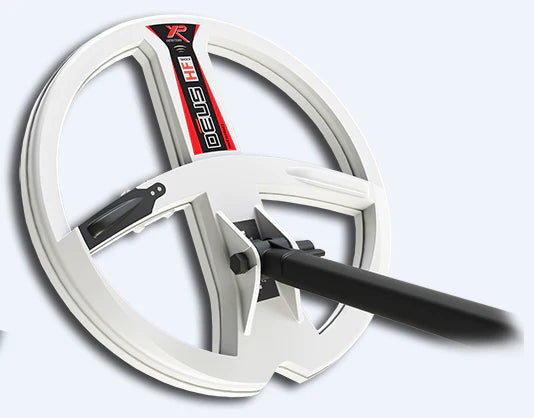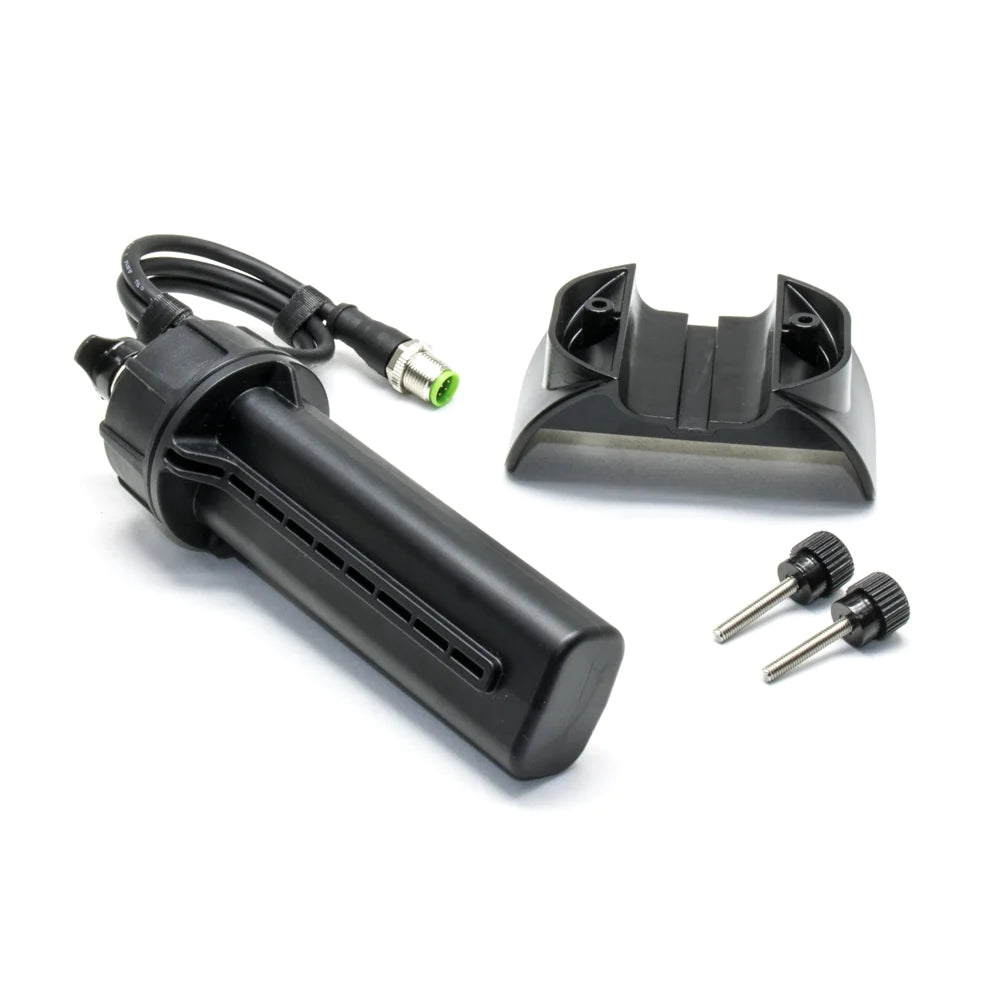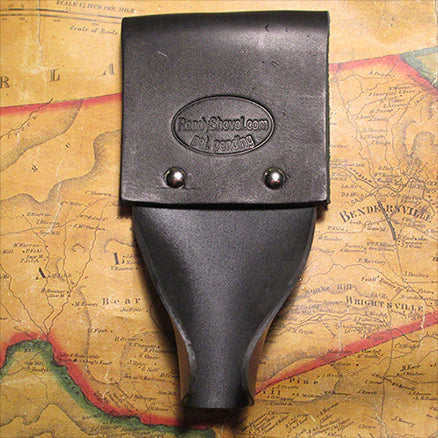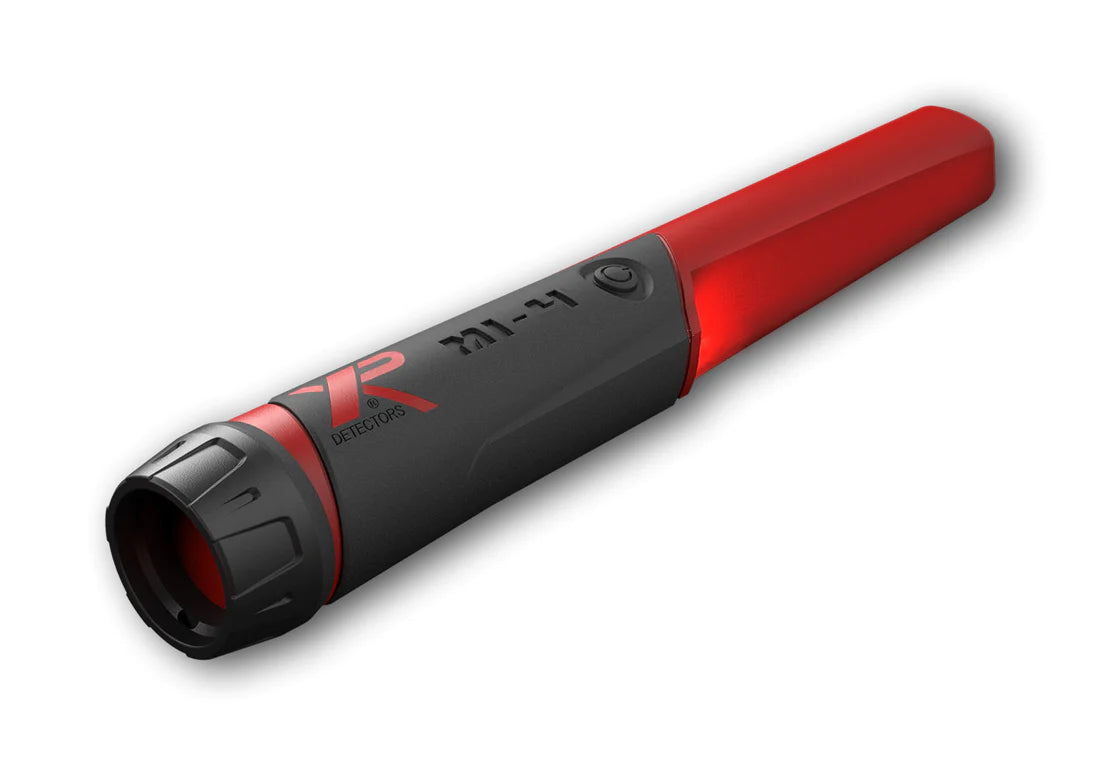How to Use Metal Detectors to Find Meteorites
How to Use Metal Detectors to Find Meteorites
By Daniel Bernzweig
You probably won't have the opportunity to travel through space, but you may be lucky enough to find a piece of it—also known as a meteorite. Meteorites are space objects or pieces of asteroids or other celestial matter that fall to Earth. Amazingly, there are rocky remnants from space that actually survive the fall through our atmosphere! Meteorites can be distinguished from Earth's rocks because they are magnetized by their composition of iron, nickel, or both.
Occasionally, you'll hear a news story about a farmer who's discovered a rare meteorite in his field or researchers who've found specimens scattered throughout the desert. Recently, an individual in Florida was reportedly hit in the head by a very small object with a fusion crust. The fragments were taken to Florida Atlantic University, where researchers determined they met all the criteria to suggest meteorites.
Can a Meteorite be Located with a Metal Detector?
Hunting for meteorites is a form of metal detecting that is both interesting and potentially valuable. It's not particularly easy to find one of these celestial rocks. Most people who are searching for meteorites study the science behind the rocks first, then hunt in areas with a high probability of yielding success. Experts say the best places to hunt are in locations that have been identified as “strewn fields.” This is a zone where several meteorites from the same fall have been recovered. Luckily for meteorite hunters, there are many strewn fields across the United States. So far, the highest yielding states have been Arizona, Texas, and California. Expert meteorite hunter Twink Monrad has located a variety of unique meteorites with her XP DEUS 2 metal detector by XP Metal Detectors. She enjoys metal detecting with her friends at a strewn field at Gold Basin in Arizona.
How to Find Meteorites
A meteorite is a piece of space debris that has fallen on Earth. The majority of meteorites are ancient, dating back to the birth of our solar system. They are usually composed of iron or stone and are packed with a lot of mass. Meteorites come in all sizes, from tiny grains to huge boulders. Meteorite hunters seek new-fallen meteorites to add to their collections, but finding their location may take some research.
Meteorites can be found using weather radar data, metal detectors, drones, and programs like Google Earth. Known meteorites are typically quite small, so it can be difficult to find one without knowing where to look.
Meteorite hunters often use metal detectors like gold prospecting detectors to help them find these small pieces of space rock. If you believe you've discovered and have a recovered meteorite in your possession, the best thing to do is bring them to a museum or university for further study. The National Museum of Natural History at the Smithsonian Institution, for example, has one of the largest collections of meteorites.
Popular Television Show Features Meteorite Hunters
In the documentary reality television series Meteorite Men, Geoff Notkin and Steve Arnold star in a show about the world of meteorites. It premiered on May 10, 2009. Science Channel premiered the full first season on January 20, 2010. In the show, two men are following the search for rare space rocks that could have valuable minerals hidden inside them. They then sell them to mining companies. In addition to selling the meteorites, they also sell mineralized rock samples from the same locations where they find the meteorites. As a meteorite man, Notkin and Arnold have each become celebrities with their metal detectors.
Where to Find Meteorites
The first step in finding a meteorite is to look for signs that one has fallen in your area. You can do this by checking for recent reports of meteor sightings in your area, looking for impact craters, and keeping an eye out for black rocks that look out of place.
To find meteorites, look for areas with a high concentration of meteoroids in the atmosphere and then search that area for meteorites on the ground. You can also look for meteorites in places where there has been a recent meteor shower.
If you live in an area with a lot of meteorite activity, you can also check weather radar data to see if there have been any recent meteorite fall events in your area. Meteorites often show up as bright dots on radar images. Because they stand out against a lighter-colored background, meteors are more likely to be discovered in deserts or other arid regions. Australia, Chile, parts of North America, and the Southern United States have all produced meteorite finds.
There are three types of meteorites:
As soon as you find a meteorite, you need to identify it to know what kind of meteorite it is. There is no doubt that it is not uncommon for new meteorite hunters to make false positive identifications of meteorites. To begin building a collection of meteorites, you must first gain a thorough understanding of meteorite identification and the processes involved.
- Iron Meteorites- these meteorites are made up of mostly iron with small amounts of other minerals like nickel. They are typically black or dark in color.
- Stony Meteorite - these stony meteorites are made up of rock and are often brown or reddish in color.
- Stony-Iron Meteorites- these meteorites are a mix of both iron and stone and can be any color.
Allan Hills Meteorite is an iron meteorite that fell in Antarctica on January 15, 1961. It was discovered by geologist Robert M. Allen at the time of his expedition to the area.
If your object is magnetic, it's likely made of iron and is a meteorite. If it's not magnetic, it may be a stone or stony-iron meteorite. Meteorites can also be identified because they have a fusion crust. A fusion crust is a thin, black coating that forms on the outside of the meteorite when it enters the Earth's atmosphere.
Unlike meteorites, meteors are much smaller pieces of space rock, usually no bigger than a pebble. When a meteor enters the Earth's atmosphere, it starts to heat up and burn up due to friction and never reaches the ground. Meteorites refer to space rocks that do make it all the way to the ground. Earth rocks can be found just about anywhere, but meteorites are much rarer.
Stone meteorites are any type of meteorite that has been altered by the impact of another object into igneous rock, usually granite. An earth rock is any type of rock that has been formed in place on Earth's surface. There are many different types of rocks found on public land, each having its own unique properties. Rocks can be classified into groups based on their chemical composition, mineral content, hardness, color, texture, density, and crystallinity.
History of Meteorite Finds and Identification
The American Meteor Society receives thousands of fireball reports each year. Most of these fall within the category of meteors, but a small number remain unexplained. Meteorite finds are rare, but they do happen.
In 2013, a meteorite fell in Chelyabinsk, Russia. The event was caught on camera by many eyewitnesses and dashboard cameras. The Chelyabinsk meteorite was later found to be an iron-nickel meteorite.
On December 27, 1984, a Martian meteorite was found during an Antarctic excavation. This meteorite is known as ALH84001. This terrestrial rock sample is currently the oldest known meteorite and contains evidence that supports the theory that early Martian life existed. In South Carolina and Virginia, several meteorite discoveries have been recorded.
Randy Korotec and Jon Larsen are two of the most significant thought leaders in meteorite research and discovery. Dr. Randy Korotev is a lunar geochemist at Washington University in St Louis. He was chosen for the 2022 Meteoritical Society Service Award.
Jon Larsen, a photographer, and researcher from Oslo, is one of the world's most renowned micrometeorite discoverers. Larsen's research has been used to create new ways to find and identify tiny particles from space, particularly in snow and ice. Additionally, he has developed procedures for finding and photographing micrometeorites.
How are Meteorites Distinguished from Other Rocks?
There are many different types of meteorites, and not all of them are easily identified. The easiest to identify is nickel-iron meteorites, as they are magnetic, very dense, and heavy for their size. Learn more about the three most common types of meteorites in this article: What are the Best Detectors for Finding Meteorites? Meteorites possess characteristics that set them apart, so you will need to know what you are looking for when using a metal detector. Here is a list of differentiating features to determine if the rock you've detected is a meteorite. They will usually have all or most of these characteristics:
- Fusion crust (a dark, glassy crust produced by melting of its surface)
- Rock is magnetic
- Density
- Thumbprint-like impressions in the rock
- Iron-nickel metal
- Chondrules (small, rounded particles embedded in the meteorite. Visually, it is clear that they were formed at high temperatures.)
If you find a rock that could possibly be a meteorite, you will need to get it tested for positive identification. If you are looking to identify your finds, be sure to get your hands on the Cambridge Encyclopedia of Meteorites by O. Richard Norton.
Best Meteorite Hunting Metal Detectors
Two of the three types of meteorites (stony-iron and iron) can be located with a metal detector; it will readily pick up a signal for both of these metals. The best meteorite-hunting metal detector has both a low frequency and a sensitivity to small objects. Metal detectors that are designed to locate gold are also highly adept at finding meteorites. The most popular type of gold detector is a very low frequency (VLF) model. VLF detectors can determine approximately how deep an object is buried based on the strength of the magnetic field generated. The closer to the surface an object is, the stronger the magnetic field will be.
Finding small nuggets and fragments of metal is usually better with a VLF detector, especially with small coils. If you want to search deeper in the ground for meteorites, it will be beneficial to purchase a larger search coil, as well. This allows for deeper penetration and target identification.
Below are suggestions for popular meteorite-hunting metal detectors:
Entry-Level Meteorite Detectors
Mid-Level Meteorite Detectors
High-End Meteorite Detectors
- Garrett ATX Deepseeker
- XP DEUS 2
- Detech SSP 5100 Pro Deep Seeking Metal Detector System
- Groundtech Discovery SMR Smart 3D Ground Scanning Detector + Resisitivity (Top Pick)
Embark Upon an Exciting Hobby
If you don't get grazed in the head with a meteorite, you may just have to go searching for one yourself. A quality metal detector in a strewn field will likely be your best bet. Perhaps you could plan your next vacation in an area where a meteorite has fallen. Don't forget metal detecting headphones and accessories to make your hunt as successful as possible. For helpful articles about getting started with a metal detector and tips from detecting experts, check out our meteorite section in our Learning Library.
© 2013 Detector Electronics Corp. - Revised August 2022

